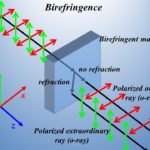Introduction to wave plates
“Wave plate is an instrument (Optical device) that has the ability to change the state of light when light is incident on it.” These plates are made from different materials most common of which are birefringent material (plastic) Wave plates either half or quarter plates have one thing in common their behavior depends upon various factors i.e. the thickness of material (crystal), the wavelength of light, etc. By catering to all these above-mentioned parameters it is possible to control phase shift between various components of light by means of alteration in polarization.
Waveplates either half or quarter plates are most commonly used with polarizers (They will be explained later) when these plates are used with polarizers they make the identification of minerals more visible in tiny sections of rocks or in any biodiverse material. Waveplates along with polarizers can be mathematically represented by the Jones matrix in which the state of light can be represented by a vector and the transformation of plates or polarizers can be shown by a matrix.
Types of waveplates
It has many types all have their unique features but we will only deal with two types of waveplates.
1-Half wave plate (Combination of quarter-wave plates).
2-Quarter wave plate.
Half-wave plate
In a half-wave plate whenever linearly polarized light is incident. It tends to change its direction. And by doing this it has the ability to change the polarization angle. In this plate, the difference between the two planes of the polarized wave is equal to pi.
By dealing with thickness, birefringence, and vacuum wavelength of light this plate can also be represented mathematically. It is also called retarding plate because it does not convert incident light into circular one rather it rotates polarized light to 90 degrees. It does not change the intensity of light when it is incident on it. A depiction of the quarter-wave plate is shown in Fig. 1(c).
Quater Wave plate
This plate has a tendency to change linearly polarized light to circular one and it also has the ability to make elliptical polarization, when discussing this plate we came to know the difference between the two planes of the polarized wave is equal to pi/2.
The circular polarization as mentioned above can be visualized as the addition of two polarized lights with a phase angle of 90 degrees and input-output polarization are interdependent on each other. By catering to different factors like thickness, birefringence, etc. this plate can also be represented mathematically. It is known as retarding plate because it retards the velocity of polarized components and tends to rotate polarized light. It changes the intensity of light when it is incident on it. A depiction of the quarter-wave plate is shown in Fig. 1(d).
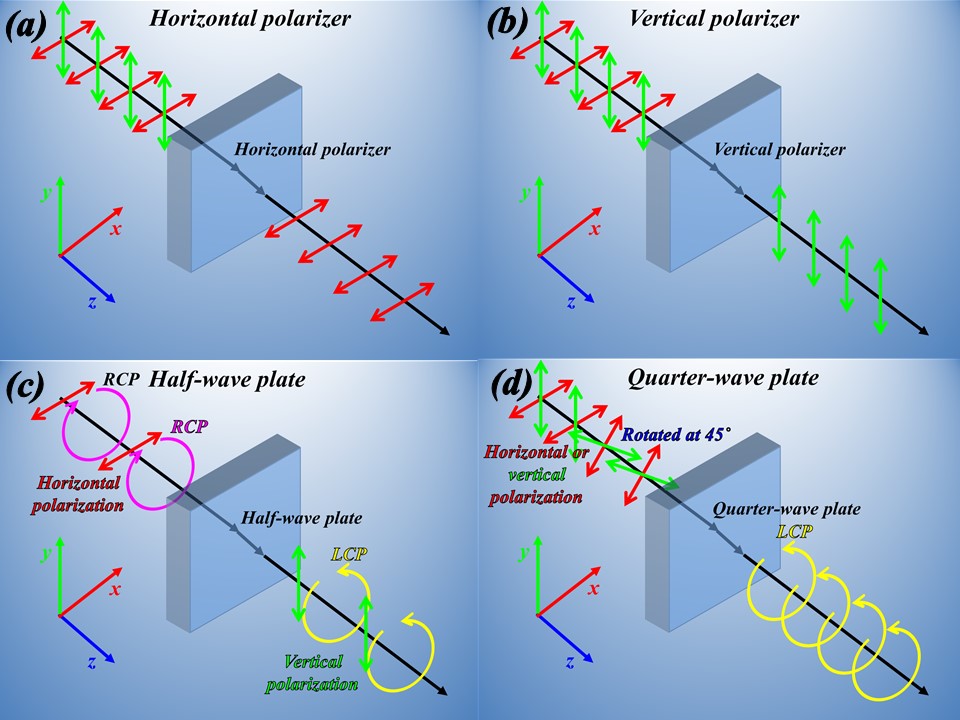
Introduction to polarizers
A polarizer is a device most commonly known as filters (optical filters) that has a unique built-in property that allows those filters to pass a light wave of specific polarization across it while blocking light waves of other polarization. Basically, it acts as a purifier in the sense that it extracts unwanted or irregular polarization from light waves and converts that light beam into balanced polarized light. They have vast industry usage like they can be used in photography as well as in LCD or LED industry etc. Polarizers are applicable for different types of waves besides light waves and these waves are radio waves, microwaves, X rays, etc. They have the ability to combine two incident polarized light beams into a single beam and that output beam has a high degree of polarization.
Our try is to always make such polarizers that have such characteristics that whenever the light is incident on its degree of polarization of passing light should not be disturbed and optical power loss should be zero besides all these characteristics the most distinct feature is that it should provide 100% extinction but these are characteristics of ideal polarizers which are not possible to achieve because polarizers we use in our daily life are real polarizers and they always have a fraction of error in them like real polarizers efficiency depend upon nature of the material they are made up of. Wave distortion also occurs in them and these real polarizers tend to create beam distortion etc. Two common types of polarizers, horizontal and vertical, are shown in Fig. 1(a) and Fig. 1(b).
Different types of polarizers
It has many types but we will only deal with four types of polarizers:
1-Absorptive polarizers
2- Thin Film Polarizer
3-Wire Grid polarizer
4- Circular polarizers.
1-Absorptive polarizers
Due to the processes described by crystal optics, certain materials have absorption of light polarized in specific directions. As a result, they can be utilized as linear polarizers. Tourmaline is the most well-known material. However, the dichroic crystal appears colored due to its wavelength and is rarely designated as a polarizer. Herapathite has a light color, although it has the very rare property of forming big crystals
During manufacturing PVA chains are made by elongation of the sheet. Incident light whose polarization is parallel to the chains is absorbed by the sheet, on the other hand, incident light whose polarization is perpendicular to the chains is automatically transmitted, for example, in sunglasses and the most special case is LCD. It’s also a lot less expensive than other polarizers because of its convenience.
2- Thin Film Polarizers
Glass substrates with a specific coating are known as thin-film linear polarizers. They operate as beam-splitting polarizers due to either Brewster’s angle reflection. Glass piece bonded to a second wedge to form a cube with the film diagonally cutting and can easily be used as the film’s substrate. Thin-film polarizers are inefficient as other polarizers, but they are less costly and produce two polarized beams.
3-Wire Grid polarizers
In these polarizers, very thin metal strips are designed or fabricated on different materials, especially glass, etc., using various techniques so that longer wavelengths can pass easily. These polarizers can operate on high power levels and their advantage is that they reflect s-polarized light and can transmit p-polarized light.
4-Circular polarizers
Circular polarizers are mostly used to absorb or pass circularly polarized light in clockwise or anti-clockwise directions. They are filters used in photography that remove reflections from non-metallic surfaces, and they can also be used as lenses of 3D glasses.
Further readings
If you liked this post, you might be interested in reading the following posts.
- Construction, working, and new technologies of OLED TV
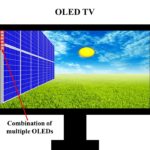
- Laser and its applications in medicine and technology
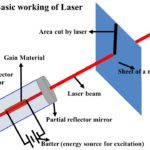
- LED light, its construction, types and colors, power, life, and technology
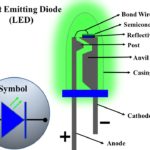
- Optical fiber design and applications
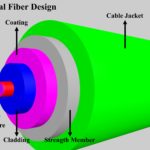
- Radiation therapy for cancer treatment and its side effects

- X-ray Imaging: What are X-rays and how are X-ray images taken?
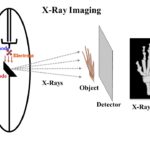
- Scattering of light and its different types
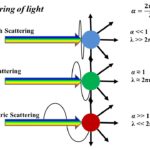
- The achromatic lens to remove chromatic aberration
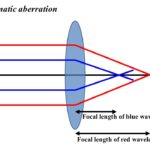
- Wave plates and polarizers for polarization manipulation
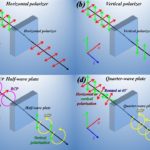
- Birefringence and birefringent materials
